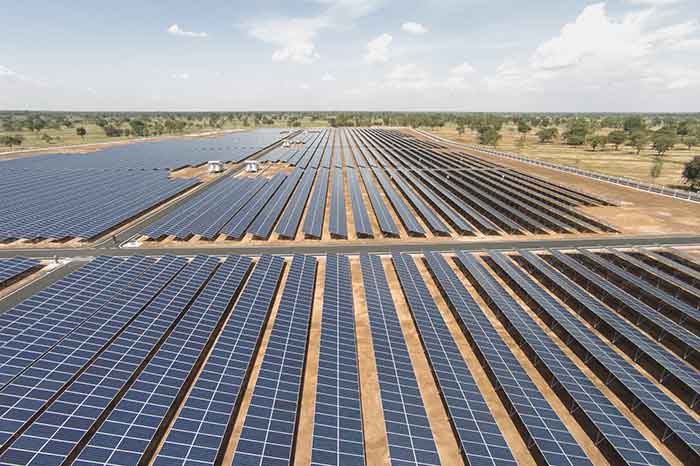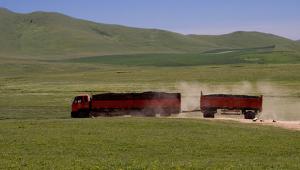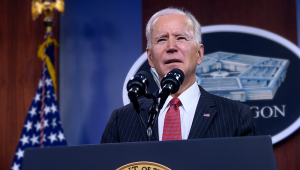web_solarfarm_shutterstock_234882949.jpg

Solar farm
The power station, which sits on the edge of the Sahara desert, will be equal in size to the country’s capital city Rabat once it is completed in 2018 providing electricity for 1.1 million people in the north African country.
Marie Francoise, the World Bank’s country director for the Maghreb region of northwest Africa, called the construction of the power station a “bold step to a clean energy future” and would bring significant returns for Morocco and its people through enhancements in energy security, a cleaner environment and the encouragement of new industries and job creation.
It is estimated the three-plant Noor-Ouarzazate complex will reduce Morocco’s energy dependence and lower carbon emissions by millions of tonnes per year. It relies on concentrated solar power technology, which uses mirrors or lenses to focus a large area of sunlight onto a small area.
The International Energy Agency estimates that up to 11% of the world’s electricity generation could come from concentrated solar power in 2050, especially in the Middle East and North Africa where solar resources are abundant. These regions have high hopes of eventually helping to meet the European Union’s demands for energy.
Morocco has ambitious plans to generate 42% of its energy from renewables by 2020, with one-third of that total coming from solar and the other two-thirds from wind and hydropower. The country hopes to scale up those plans for 2030.
Concessional and public financing were key to getting the project of the ground. The Moroccan Agency for Solar Energy, a government agency focused on securing the country’s solar ambitions, garnered the $3bn needed from the African Development Bank, the Climate Investment Funds, European financing institutions and the World Bank.
The first phase of the project had been due to launch in December last year, but was delayed for unspecified reasons.
Mafalda Duarte, head of the climate investment funds, said the launch demonstrates how low-cost, long-term financing can serve as a spark to attract the public and private investments needed to build massive concentrated solar production plants at an attractive cost for countries.













